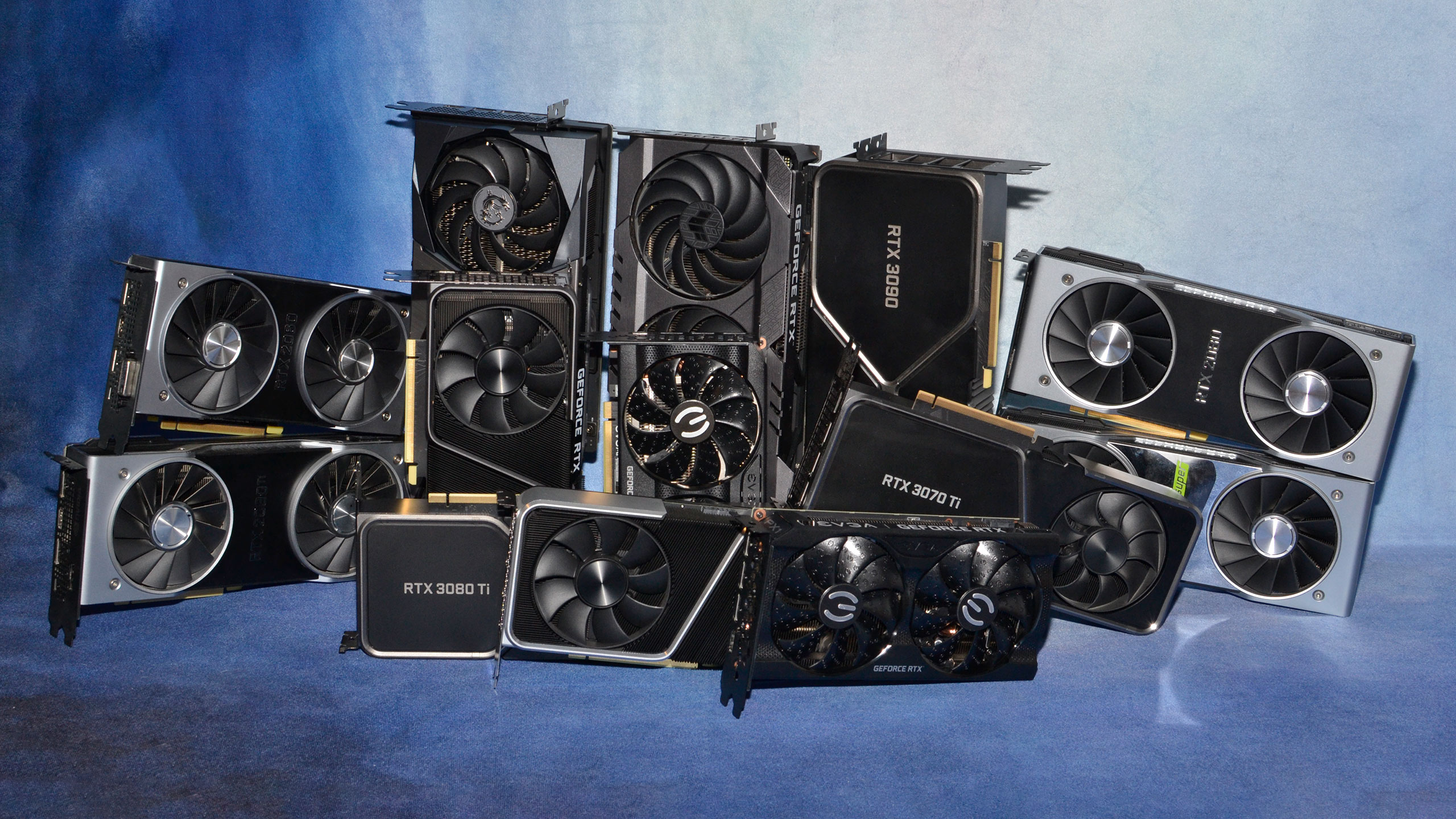
Discord Throttles Nvidia GPU Memory Clock Speeds, Here's the Fix
If you’re an avid user of Discord and own an Nvidia graphics card, you may lose performance without knowing it. Nvidia (opens in new tab) has discovered a bug with the Discord application that will prevent the memory on even the best graphics cards from reaching its full speed.
The latest update to the Discord software throttles the memory clock on Nvidia graphics cards. When the software runs in the background, the graphics card will fail to hit the maximum memory clock, leading to a performance loss. It’s an intriguing bug since it affects Nvidia graphics cards only, more specifically, the memory subsystem. The chipmaker didn’t specify any specific model, so we can only assume that all graphics cards from the company are affected.
Nvidia didn’t share how Discord is disrupting the memory on the graphics card. However, Discord recently enabled AV1 support for Nvidia’s latest GeForce RTX 40-series (Ada Lovelace) graphics cards, so the bug could be potentially related to AV1 encoding support for video streaming. Nonetheless, it’s a bug that has managed to slip through the developers.
Nvidia has stated it will push a fix for PC users with an over-the-air (OTA) update. However, there’s a simple solution if you don’t want to wait for the official fix. The chipmaker has shared the following method to solve the Discord application bug manually:
1. Click here (opens in new tab) to download the NVIDIA program GeForce 3D Profile Manager.
2. Open the GeForce 3D Profile Manager.
3. Click on the button Export SLI Profiles.

4. A file explorer window will pop up. Select a location to export and save the NVIDIA Profiles text file.
5. Open the text file saved in step 4 using Notepad (or any program that does not automatically apply formatting).
6. Perform a search for the section “Discord.” Add a new line and type the following text as shown in the screenshot below:
Setting ID_0x50166c5e = 0x00000000

7. Save the edited NVIDIA Profiles as a txt file.
8. Go back to the GeForce 3D Profile Manager and click on the Import SLI Profiles button.
9. A file explorer window will appear. Select the updated “NVIDIA Profiles.txt” file and then click on the Open button.
10. Once completed, you may close the GeForce 3D Profile Manager application.

